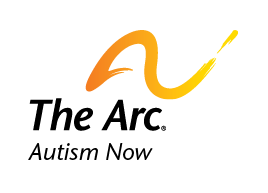Tip Sheet: The Autism Program of Illinois: How to Address Specific Toilet Training Problems
This tip sheet provides strategies for handling some of the challenges associated with toilet training.

This tip sheet provides strategies for handling some of the challenges associated with toilet training.
This brief focuses on healthcare transitions and provides strategies that can be used in college and afterward to help young people with disabilities in managing and making decisions about their healthcare.
A study from the National Institutes of Health suggests that boys with autism spectrum disorder (ASD) are at a higher than normal risk for thinner, less dense bones than boys who do not have autism.
This webpage provides an overview of the gluten-free, casein-free (GFCF) diet and its link to autism.
This webpage provides a brief overview of 1915(c) waivers, which allows the provision of long term care services in home and community based settings under the Medicaid Program.
This article discusses a study regarding the Early Start Denver Model (ESDM), an intervention method that fuses a play-based, developmental, relationship-based approach and the teaching methods of applied behavioral analysis.
The authors review evidence of sleep problems’ broader impact across the range of children screened for early intervention.
The present study examined the extent of women’s knowledge about cervical and breast cancer screening, with the intention of informing the development and testing of interventions to increase cervical and breast cancer screening rates for these women.
This article explicates the concept of neurodiversity and places it within the context of autism spectrum disorders advocacy and treatments.
We assessed the extent to which parents of children with autism spectrum disorder report that they are engaged in shared decision making.